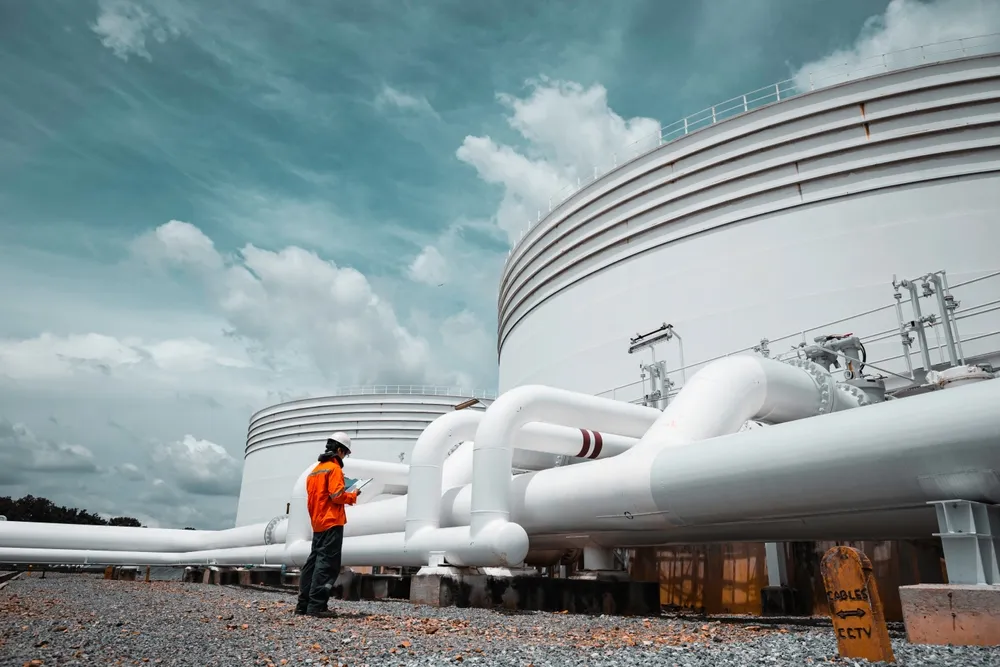Applications of Coiled Tubing Course
Introduction:
Coiled tubing (CT) is common in the petroleum sector for various tasks, such as CT drilling, cementing, wellbore cleanup and oxidizing, and hydraulic fracturing operations. However, the maximum fluid injection rates are often limited due to excessive frictional pressure loss attributed to the small diameter tubing and the curvature of the coiled tubing. As a result, examining the flow characteristics and friction properties during coiled tubing operations is essential.
This course covers the methods for accomplishing operations with coiled tubing and describes its components, tools, and capabilities. Participants are expected to become familiar with coiled tubing operations, the tools required for success in those operations, and some components developed to withstand the harsh conditions of the oil and gas environment.
Objectives:
On completion of this Applications of Coiled Tubing course, participants will be able to:
- Decide upon and prepare for a scheduled intervention, as well as manage and perform coiled tubing asset interventions.
- Improve productivity or efficiency during coiled tubing operations.
- Document and perform expected responses to the field with coiled tubing for various scenarios.
- Identify systems to maintain well control during various activities.
- Describe the most frequently employed downhole equipment and identify its features.
- Compute and state string limits in the application of coiled tubing.
- Handle liquid nitrogen safely.
Training Methodology:
- PowerPoint presentations
- Case studies
- Group discussions
- Problem-solving sessions
- Question-and-answer sessions
Course Outline:
Unit 1: Coiled Tubing Technology: The Overview
- The history of technology evolution of coiled tubing.
- Coiled tubing defined in terms of equipment components, operational regimes, limitations, and hydraulic control fundamentals.
- Steps for equipment troubleshooting.
- Fluid circulation hydraulic applications.
- Mechanical activities below the surface that require a tool or equipment to be delivered downhole.
- Electrical operations utilizing downhole tools powered by or transmitting an electrical cable downhole.
- Permanent installations of coiled tubing completed to allow production flow (or assisting ESP) through kerf/conduit whereby coiled tubing forms a section.
Unit 2: Services Rendered for Pumping in Coiled Tubing Operations
- Fluid displacement (lifting with nitrogen).
- Well workover of a reservoir oil and gas (acid washing/stimulation).
- Acid wash.
- Acid dispersion (matrix acidization).
- Strategies for filling conduits/cleanouts (sand cleaning/pressure jetting).
- Jetting at very high pressures.
- Operations in remedial or abandonment work (sand consolidation/cementing).
- Chemical consolidation for sand.
- Cementation in the oil and gas field of coaxial tubing.
Unit 3: Work String Components and Services Rendered
- Drilling/milling using coiled tubing as one of the applications.
- Underreaming method (in a cased hole).
- Fishing operation utilizing coiled tubing technology.
- Installation of coiled tubing into wells.
Unit 4: Integration of Coiled Tubing and Wireline Activities
- Coiled tubing assistance in logging procedures.
- Perform perforations with recognition of coiled tubing engineering specialists.
- Downhole camera co-tubing inspection.
Unit 5: Placing Equipment in Well: An Obvious Purpose of Coiled Tubing
- Production strings and velocity string manufacturing and understanding.
- Production strings and their importance.
- Injection strings - the significance of coiled tubing in these operations.
- Tubing patches within the fracture zone - implementation of the process.


















